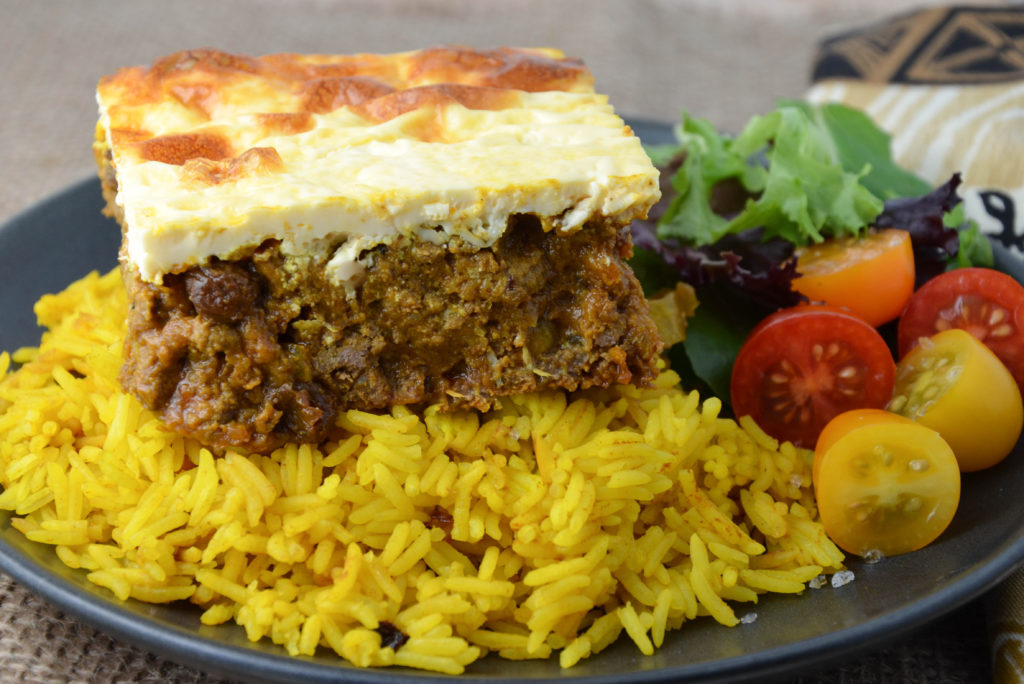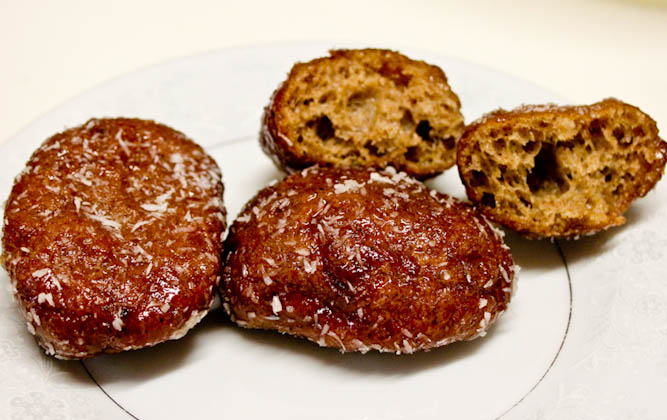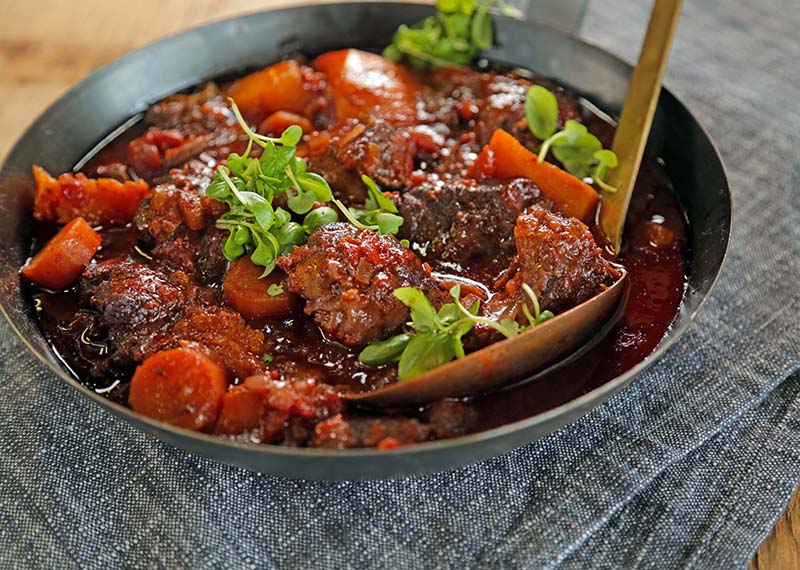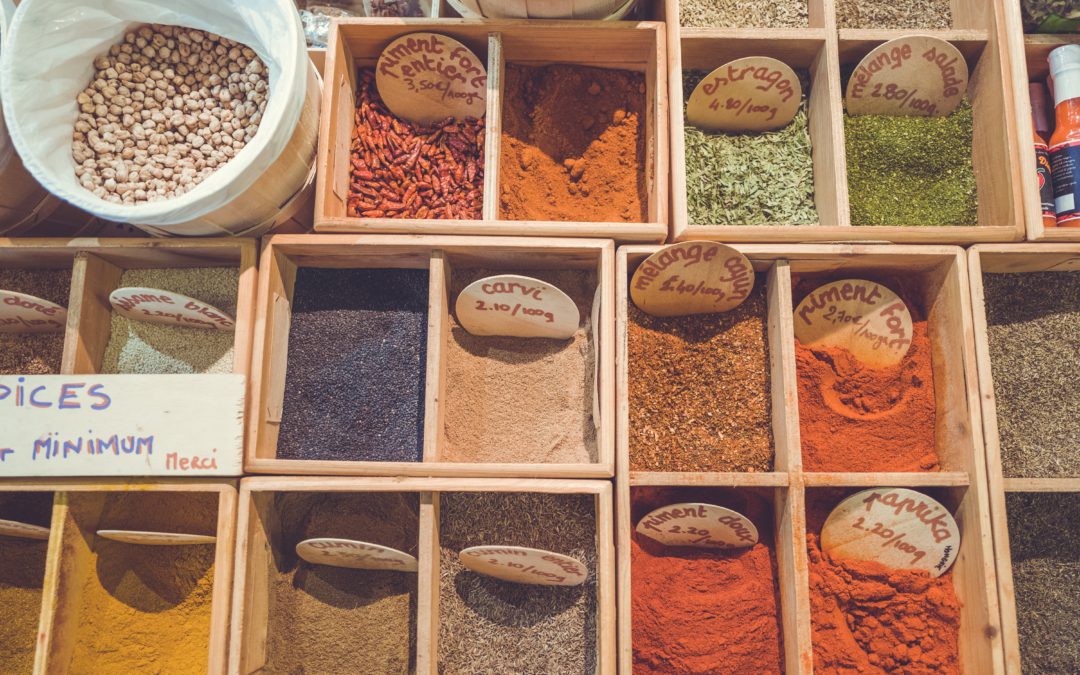Given that our last article centered around the untold, colorful, and painful past of South Africa’s Cape Malay population, it seems only fitting to discuss three Cape Malay specialties which have come to define South African cuisine today: bobotie, koeksisters, and bredie.
Bobotie

Perfectly made bobotie, from Foodie on Board‘s Chef Julianna.
Though bobotie is often described as “South African moussaka,” The New York Times points out that the comparison is an imperfect one. Though both are superficially similar, being baked casserole dishes consisting of layers of ground meat, seasoning, and vegetables, the flavors and origins of the dishes are extremely different.
Bobotie, for one, is descended from the spices and tastes of two principal influences: Malay slaves, who brought spices like ginger, curry powder, tamarind paste, cumin, and turmeric; and Dutch-speaking Afrikaans settlers, who balanced the strong, spicy flavors of Malay cuisine with dried apricots, sultana raisins, and milk.
There is speculation that bobotie is derived from botok (also known as bobotok), grated coconut, tofu, or fish wrapped in banana leaf and steamed. Aside from the similar names, however, there is little to no evidence of links between the two: after all, botok bears little resemblance to bobotie, a heavy, baked casserole cooked from minced meat, leftovers from the Sunday roasts of Malay slaves, and thrown together based on whatever ingredients were at hand.
Koeksisters

Koeksisters. Source: Gateway Magazine.
Fresh out the fryer, glazed in syrup, and filled with a dried coconut and sugar filling, koeksisters is a South African classic–a delicious, filled cruller that closely resembles doughnuts. As the Cape Malay population wasn’t allowed to follow their native, Islamic practices for many centuries, koeksisters were instead eaten on Sundays, the main day of rest in Cape Town.
Bredie

Slow-cooked tomato bredie. Source and recipe: Afternoon Express
At first glance, tomato bredie seems less like an Afrikaans dish, and more like a southeast Asian stew, built around the quintessentially Asian spices of cardamom, cinnamon, cloves, ginger, and chilli. But just like bobotie, bredie offers a history lesson on a plate, a meeting between the rich, flavorful tastes of the Indonesian archipelago, as well as the somewhat subdued (in comparison) palates of Dutch sailors and farmers.
Interestingly, different bredie recipes call for various cuts of lamb: some call for lamb shoulder, while others call for harder-to-cook cuts, like lamb neck. Given that bredie is usually cooked in a crockpot or slow cooker, it makes sense to use tougher, harder cuts of lamb with plenty of tendon and connective tissue. If cooked slowly, these tendons and cartilage become slow and soft, seeping into the stew and flavoring it richly.
Often, bredie is served with aromatic rice–yet another concession to the dish’s southeast Asian roots. Spooned over a steaming plate of rice or fresh, buttery rotis, it’s all too easy to see why bredie is such a beloved comfort food.
Though South Africa is full of delicious treats and specialties, Cape Malay cuisine is an outstanding culinary tradition with plenty to offer both adventurous palates and inquisitive minds. After all, where else can you eat your way through a history lesson?








